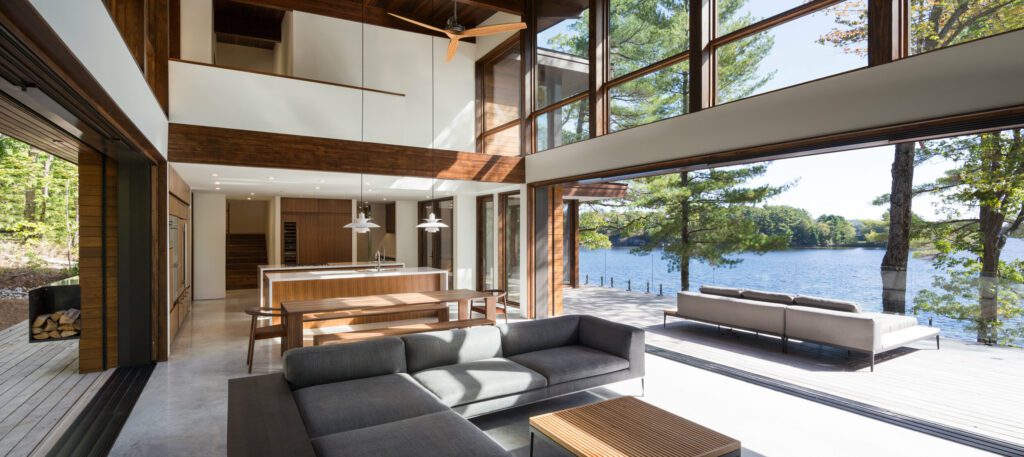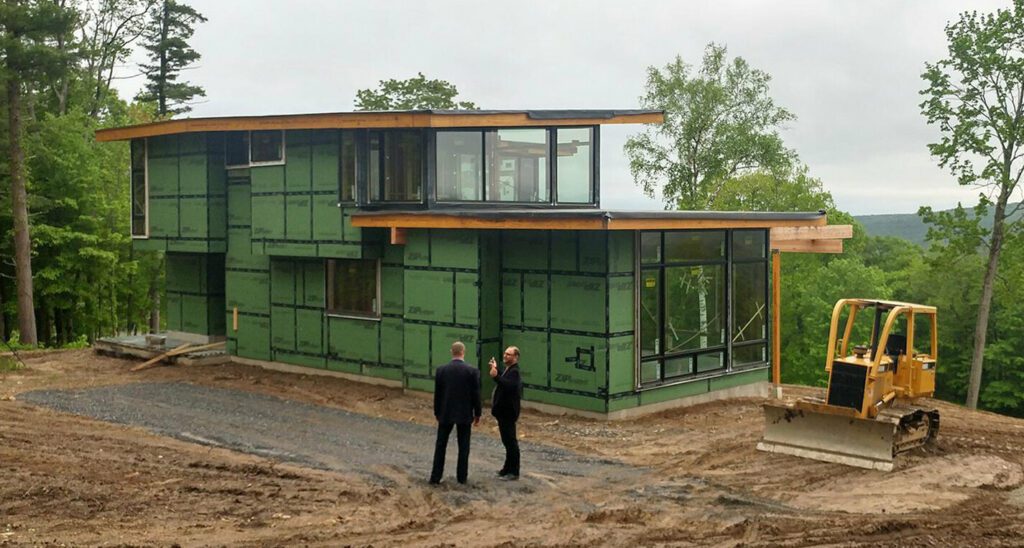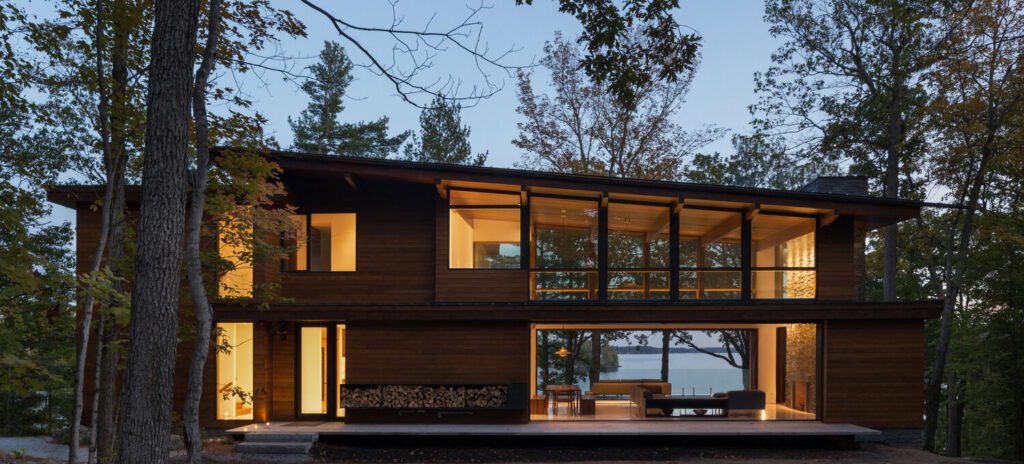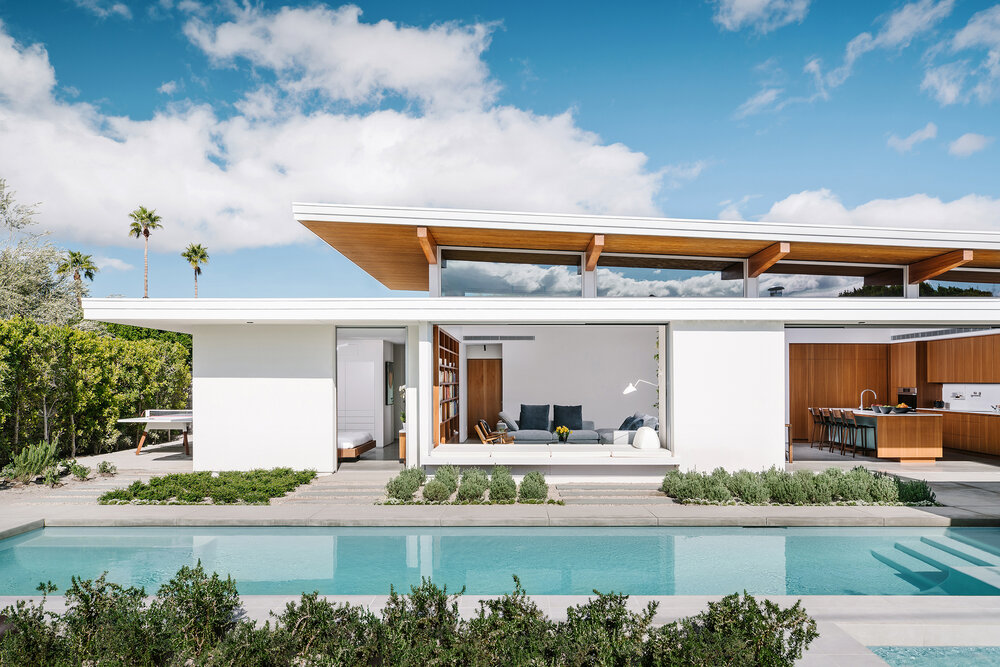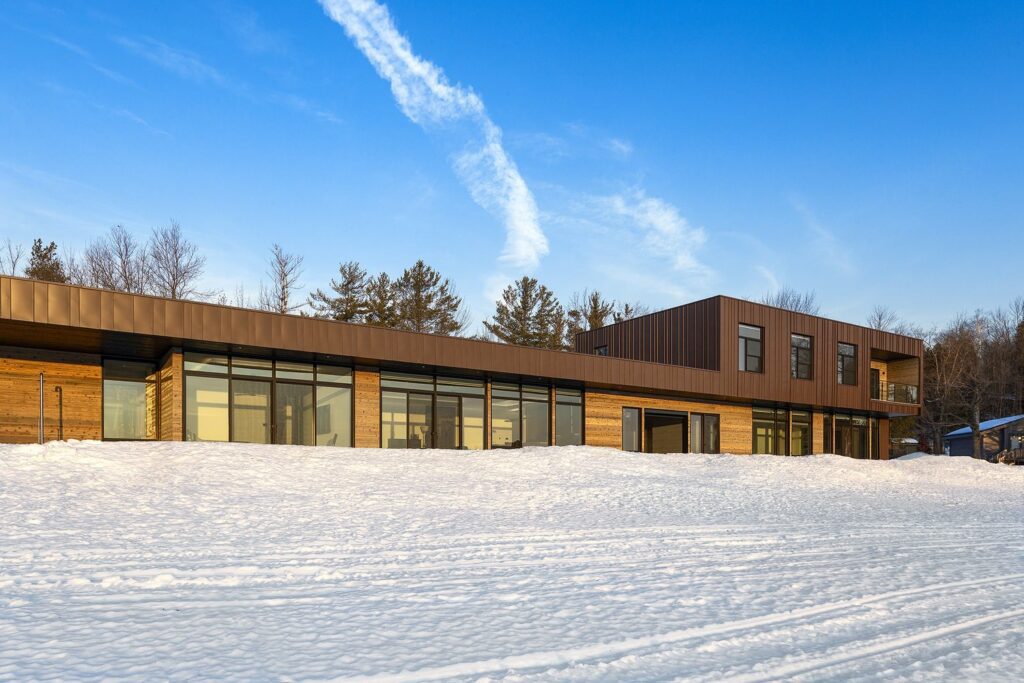
La durabilité et l'utilisation efficace de l'espace vont de pair avec une belle architecture et sont des caractéristiques de Maisons design Turkel. Avec plus de 20% d’émissions de gaz à effet de serre aux États-Unis attribuable Pour chauffer, climatiser et alimenter les bâtiments dans lesquels nous vivons, il est impératif que les nouvelles maisons non seulement consomment moins d'énergie que celles qui les ont précédées, mais évitent également de brûler des combustibles fossiles autant que possible. C'est pourquoi, dans le cadre de notre conception systématisée traiter, nous encourageons les propriétaires à sélectionner des systèmes et des appareils économes en énergie.
Quel que soit l’endroit où vous vivez, vous voulez être à l’aise toute l’année. Ne serait-il pas formidable si ce confort était associé à la consommation du moins de combustibles fossiles possible et à une utilisation intelligente de l'énergie et des coûts ? Les progrès en matière d’éclairage, tels que les ampoules LED, ont contribué à réduire la consommation d’énergie ces dernières années. Mais qu’en est-il du chauffage et de la climatisation ? Si vous recherchez un mode de vie moderne et durable, la chaudière traditionnelle au mazout ou au gaz ou le système de climatisation central ne correspondent peut-être pas à votre vision.
Il existe cependant des alternatives qui peuvent fournir des solutions plus respectueuses de l’environnement et plus fiables pour le chauffage et la climatisation des maisons. ?
Une solution flexible
Les systèmes de pompes à chaleur constituent une de ces alternatives. Anne Hogarth, conseiller en énergie auprès de la société torontoise Chardonneret Énergie, dit-elle recommande souvent les pompes à chaleur à ses clients. Dans les climats plus froids, le système de chauffage est la plus grande perte d'énergie de votre maison, suivi de loin par le chauffe-eau. elle dit. « Les pompes à chaleur réduisent votre consommation d'énergie.
Contrairement à une fournaise, un système de pompe à chaleur ne crée pas d’air chaud. Au lieu de cela, il capte la chaleur de l’atmosphère environnante et la transporte à l’intérieur de la maison, ou vice versa. En effet, il peut remplacer à la fois votre système de chauffage et votre climatisation.
Hogarth affirme que la perception selon laquelle de tels systèmes ne fonctionnent pas dans des climats extrêmement froids ou chauds est dépassée. « Il y a eu beaucoup de développement dans le domaine des « pompes à chaleur pour climat froid ». qui fonctionnent à des températures aussi basses que -30 degrés Celsius (ou 22 degrés Fahrenheit) ? elle dit. De plus, la plupart des systèmes disposent d'un système de chauffage électrique d'appoint au cas où, vous pouvez ainsi garantir que votre maison reste à une température confortable sans avoir recours aux combustibles fossiles. ?
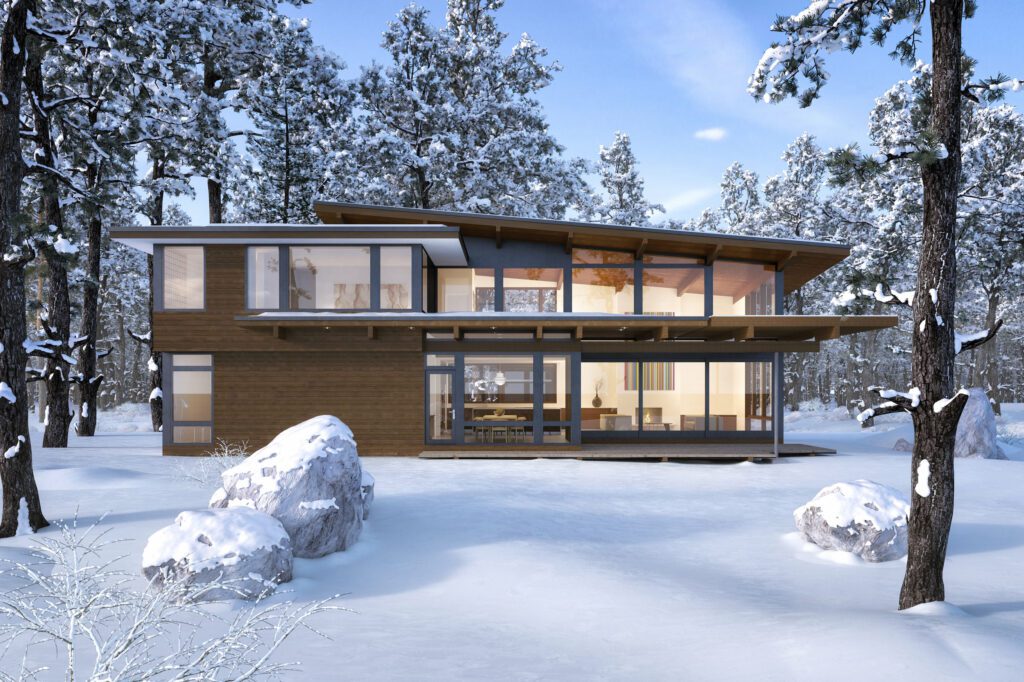
Adapté à tous les climats
Parce que Turkel Design travaille avec des propriétaires du monde entier, nous possédons une expertise dans la conception adaptée aux climats variés et changeants, ainsi qu'aux réglementations environnementales, partout en Amérique du Nord et au-delà. À mesure que les conditions météorologiques deviennent de plus en plus imprévisibles, la flexibilité d’un système de pompe à chaleur peut s’avérer salvatrice. Hogarth cite des récentes dômes chauffants à Vancouver, une ville où de nombreuses maisons ne disposent pas de système de climatisation. De même, des tempêtes de verglas périodiques au Texas ont frappé des maisons dépourvues de fournaise. Une pompe à chaleur est une solution idéale pour faire face aux effets imprévisibles du changement climatique, en partie parce qu’elle régule la température dans les deux sens. ?
Les pompes à chaleur améliorent l'habitabilité de votre maison de plusieurs manières. Parce qu'ils fournissent « de l'air ambiant à tout moment » ? Hogarth décrit l'effet comme « plus doux et plus régulier » qu'un fourneau. « Vous ne comprenez pas les sommets et les vallées. Les gens trouvent souvent qu'ils sont plus à l'aise dans des espaces climatisés par des pompes à chaleur. De nombreux systèmes de pompe à chaleur canalisés comprennent des composants de filtration de l'air qui aident à éliminer la poussière, les allergènes et autres particules en suspension dans l'air, améliorant ainsi la qualité de l'air intérieur. De plus, étant donné que l'unité extérieure abrite la majorité des composants du système et que les systèmes de traitement de l'air intérieur sont souvent silencieux, de nombreux systèmes de pompe à chaleur créent étonnamment peu de bruit.
Vous pourriez même les trouver utiles pour plusieurs espaces intérieurs et extérieurs. Par exemple, à Maison du Désert, « Living Lab » de Turkel Design À Palm Springs, en Californie, un système de pompe à chaleur régule la température à l'intérieur de la maison, tandis qu'un autre chauffe le spa et la piscine.
Hogarth note que les deux États-Unis (dans le cadre de la loi sur la réduction de l’inflation) et Canada offrir des incitations pour investir dans les pompes à chaleur. En fait, à mesure que les gouvernements prennent des mesures plus strictes pour limiter l’utilisation des combustibles fossiles (par exemple, les maisons nouvellement construites au Québec doivent être sans combustibles fossiles), les systèmes de thermopompes gagneront certainement en popularité. ?
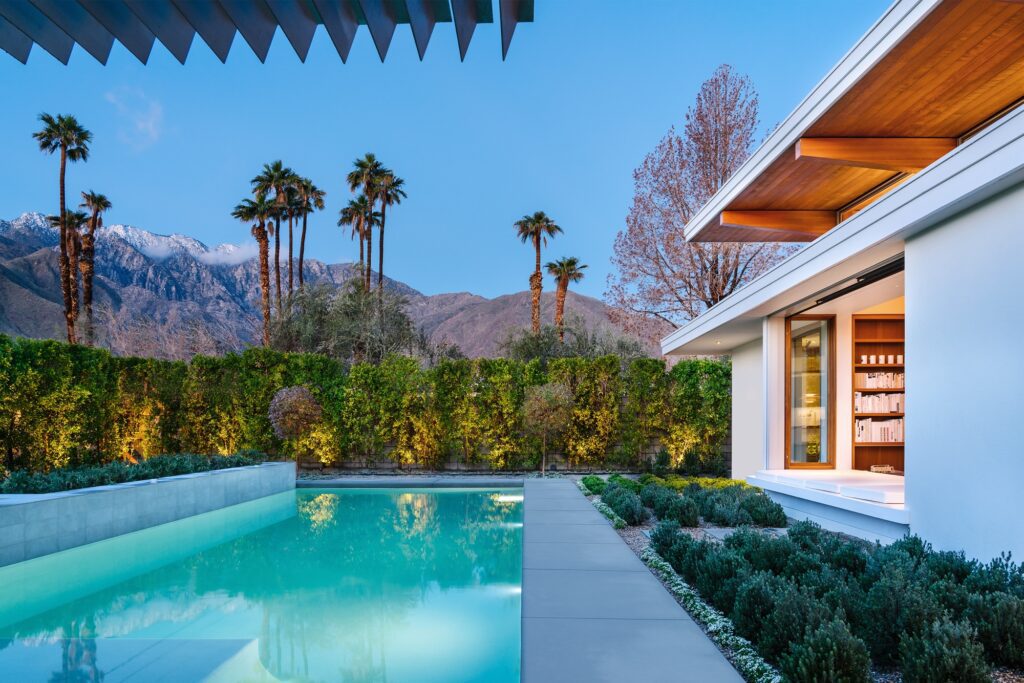
Concevoir pour un mode de vie durable
Pour Turkel Design, le système choisi pour climatiser votre maison n'est qu'un aspect de la planification durable. Nous utilisons la prévisibilité de la préfabrication pour garantir que les maisons que nous concevons sont construites de manière plus étanche que la plupart, et nous incorporons systèmes et stratégies économes en énergie« des panneaux solaires au chauffage et au refroidissement passifs ? pour rendre votre maison aussi durable que possible sur le plan environnemental. Peut-être plus important encore, lors de la conception, nous utilisons efficacement l'espace, afin que votre maison semble plus grande qu'elle ne l'est, et que vous chauffiez et refroidissiez uniquement l'espace dont vous avez besoin.
La sélection d'un système de pompe à chaleur efficace comme alternative à une chaudière à combustible fossile pourrait bien faire partie du plan qui convient à votre maison personnalisée.
Contactez-nous pour discuter de la façon dont vous voulez vivre.?
